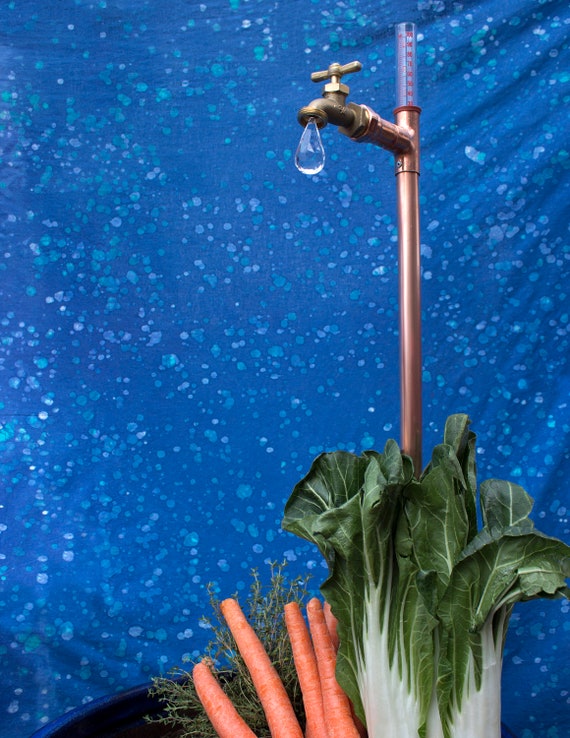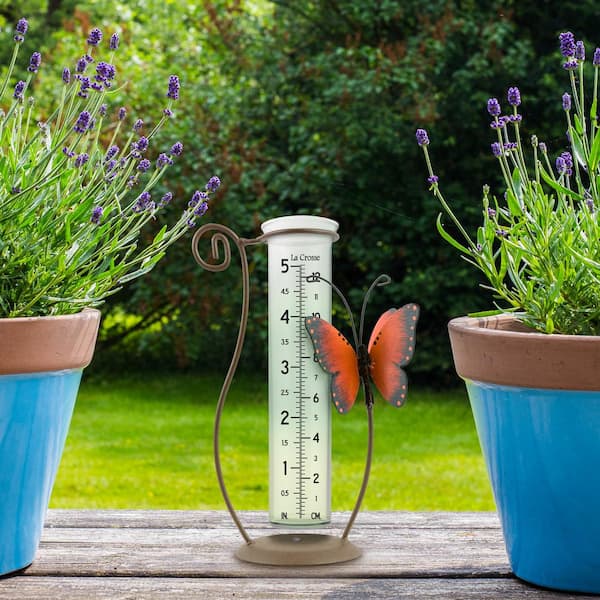The Rain Gauge: Decoding Rain Patterns and Enhancing Climate Recognition
The Rain Gauge: Decoding Rain Patterns and Enhancing Climate Recognition
Blog Article
Just How to Choose the Right Rainfall Scale for Accurate Rain Data
Exact rains information is important for numerous sectors and tasks, such as water, farming, and meteorology resource administration. To acquire reliable measurements, it is vital to select the right rain gauge. This overview intends to give beneficial understandings right into the choice process, allowing you to make informed choices. Taking into consideration variables such as area, kind, and precision of the rain gauge will certainly assist make sure exact information collection. Furthermore, comprehending the maintenance and calibration treatments will certainly add to the longevity and reliability of your rainfall gauge. By adhering to these guidelines, you can make certain accurate rains information, allowing far better decision-making and planning for different applications.
Value of Selecting the Right Rainfall Gauge
The value of selecting the appropriate rain scale hinges on obtaining exact and trustworthy rainfall information for accurate atmospheric evaluation. Rainfall information is critical for a large range of applications, including weather condition projecting, hydrological modeling, and environment research study. Imprecise or unreliable data can cause wrong conclusions and flawed decision-making processes.

Secondly, the precision and accuracy of the rain gauge are paramount. The scale needs to have the ability to determine rainfall with high accuracy, capturing even percentages of precipitation properly. It must also reduce errors as a result of dissipation, wind, and other ecological aspects. Routine calibration and maintenance are vital to guarantee recurring precision.
Furthermore, the area and setup of the rainfall gauge are crucial factors to consider. It should be placed in an open location, away from obstructions that can impact rains measurements. The gauge should be placed at an ideal elevation and angle to prevent splashing and make certain appropriate catchment of rain.
Elements to Take Into Consideration When Selecting a Rain Scale
When selecting a rain gauge, there are a number of crucial factors to think about. There are different types offered, consisting of conventional rain gauges, tipping bucket rain evaluates, and evaluating rain evaluates.
One more variable to consider is the material of the rain scale. Rainfall determines can be constructed from various materials, such as plastic, metal, or glass. The material chosen should be immune and durable to weather, making sure that the rain gauge will endure the aspects and supply precise measurements with time.
Accuracy is additionally an essential factor to consider. Seek rainfall assesses that have been calibrated and tested for precision. Functions such as anti-splash rings and funnels can also enhance the accuracy of the dimensions.

Last but not least, think about the environment and atmosphere in which the rainfall gauge will certainly be used. Various rain determines appropriate for various environments, so it is crucial to pick one that is suitable for the problems in your area.
Different Kinds Of Rainfall Evaluates Available
To further explore the elements to take into consideration when selecting a rainfall gauge, it is vital to recognize the various types of rainfall determines readily available. The most common type is the conventional rainfall scale, additionally recognized as the round rainfall gauge.
Another kind of rainfall scale is the tipping container rain gauge. This gauge uses a seesaw-like mechanism to accumulate and gauge rainfall. As the rain comes under the scale, it fills up one side of the bucket, creating it to tip and clear the water. The number of suggestions is counted electronically to determine the quantity of rains. Tipping bucket rain gauges are prominent for their precision and ability to gauge rains strength.
A 3rd type of rainfall gauge is the weighing rainfall gauge. This scale uses an equilibrium system to measure the weight of the collected rains. As the rain falls under the scale, it is collected in a container linked to an equilibrium. The weight of the water is measured, and the rains quantity is determined based upon the weight. Evaluating rainfall assesses are highly exact but can be a lot more expensive and call for routine maintenance.
Lastly, there are likewise remote rain assesses that usage advanced modern technology to determine rains (The Rain Gauge). These evaluates usage sensors and transmitters to send out information wirelessly to a central system. Remote rainfall gauges are convenient for monitoring rainfall in hard-to-reach areas or for large-scale data collection
Just How to Figure out the Precision of a Rainfall Gauge
One method to analyze the accuracy of a rain gauge is by carrying out normal calibration measurements. Calibration involves comparing the analyses of a rain gauge to a basic dimension, such as a licensed rain gauge or a weather terminal with high accuracy. By contrasting the dimensions, any discrepancies or mistakes in the rainfall scale can be identified and accounted for.
To carry out a calibration dimension, beginning by collecting rainfall data from both the rain gauge and the common measurement gadget over a specific amount of time, such as a month. After that, contrast the analyses and compute the difference in between them. This difference is referred to as the calibration error.
It is very important to keep in mind that calibration dimensions ought to be carried out on a regular basis, as ecological aspects, such as wind, temperature, and particles, can impact the accuracy of the rain scale in time. By conducting normal calibrations, any kind of modifications in the accuracy of the rainfall scale can be identified and modifications can be made appropriately.
Along with calibration, it is additionally suggested to clean and keep the rainfall gauge regularly to guarantee its accuracy. Get rid of any type of debris or obstructions that might impact the accuracy of the dimensions, and look for any kind of indications of damage or use that may need repair work or substitute.
Tips for Maintaining and Calibrating Your Rain Gauge
Normal maintenance and calibration are crucial for ensuring the accuracy and integrity of your rain scale in measuring rains information (The Rain Gauge). By complying with a couple of easy tips, you can make certain that your rain gauge is effectively maintained and calibrated
To start with, it is necessary to clean your rain gauge regularly to stop any kind of debris or dust from obstructing this link the rainfall collection device. Use a moderate cleaning agent and a soft brush to gently clean up the inside and exterior of the scale. Wash it thoroughly with clean water and permit it to dry totally before re-installing it.
Secondly, it is advised to my website adjust your rain scale a minimum of once a year. Calibration entails comparing the dimensions of your rain gauge with those of a trusted and accurate recommendation gauge. This will certainly aid you identify and fix any type of prospective mistakes in your rainfall gauge's dimensions.
To adjust your rainfall scale, accumulate a known volume of water using a measuring container and compare it with the measurements videotaped by your rainfall scale. Change the readings appropriately to guarantee accuracy.

Conclusion
In conclusion, choosing the appropriate rain scale is vital for obtaining accurate rainfall information. Variables such as location, purpose, and spending plan ought to be considered when picking a rainfall gauge.
There are different types readily available, consisting of conventional rain assesses, tipping bucket rainfall determines, and considering rain assesses.To additionally discover the variables to take into consideration when picking a rainfall scale, it is vital to understand the various kinds of rainfall assesses readily available. The most typical kind is the basic rain gauge, also known as the round rainfall try this site gauge.Another kind of rainfall gauge is the tipping bucket rain scale. Calibration entails contrasting the readings of a rainfall scale to a standard dimension, such as a certified rainfall scale or a weather condition station with high precision.
Report this page